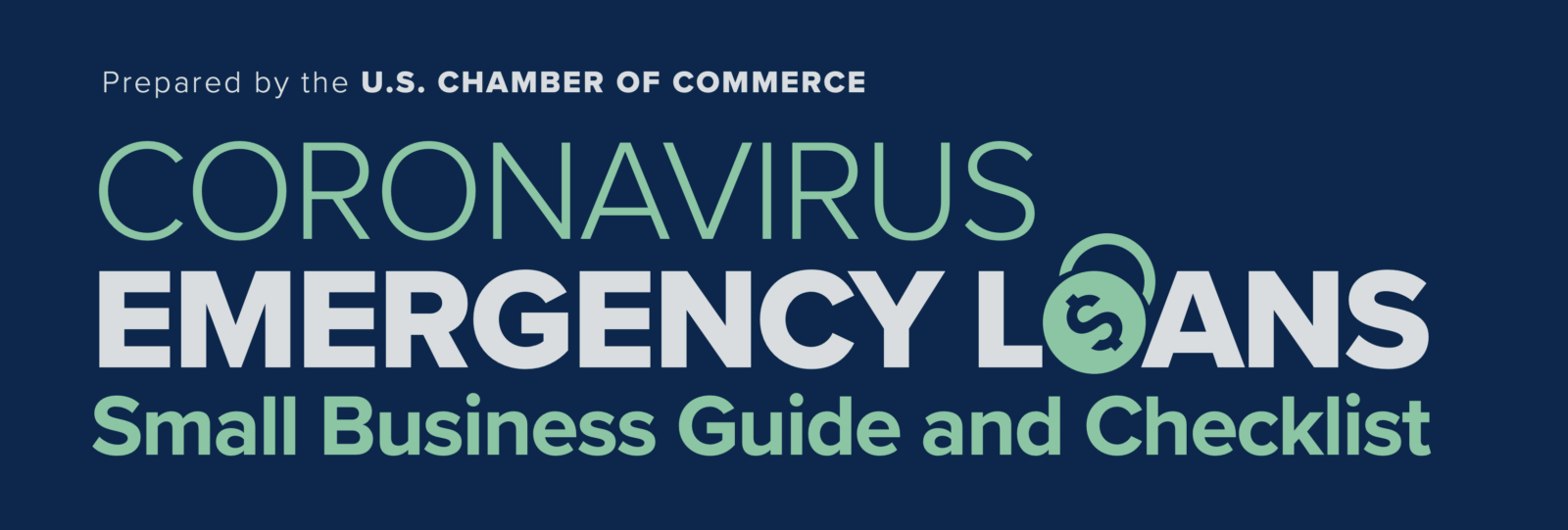As you’ve heard, President Trump signed into law the Coronavirus Aid, Relief, and Economic Security (CARES) Act on March 27, 2020. While details and specific applications continue to emerge, one of the main provisions of the act was the $350 billion dollar allocation toward the Paycheck Protection Program (PPP). We have been receiving many questions regarding the program and we thought we’d put together a Q & A regarding some of the specifics. Furthermore, please see the US Chamber of Commerce Checklist available for download at the bottom of this article.
What are the Specifics of the Program?
The program is an extension of the existing US Small Business Administration (SBA) 7(a) Loan Program. Qualifying companies can apply for a non-recourse, uncollateralized loan of up to $10 million. The term of the loan will be two years with interest at 1.0%. Amounts borrowed are forgivable based on certain requirements to maintain your full-time equivalent employees and payroll through the compliance period (June 30, 2020). Any amounts forgiven would be non-taxable.
Am I Eligible?
Businesses, and certain non-profits, with no more than 500 employees are eligible. Keep in mind that the SBA Affiliation Rules apply in assessing the number of employees. Special considerations are also made for the Accommodation and Food Service industries (NAICS Code 72). Borrowers must document that the uncertainty of current economic conditions makes the loan request necessary to support ongoing operations.
How Much Am I Eligible For?
The loan amount is calculated on the average monthly payroll costs over the prior 12 month period, multiplied by 2.5, with a maximum loan of $10 million. Payroll costs included are as follows:
- Wages, Salaries, and Commissions – Reduced by compensation in excess of $100,000 per employee, prorated over the compliance period (February 15, 2020, through June 30, 2020)
- Cash Tips
- Vacation Pay – Including qualified sick wages paid under the Families First Coronavirus Response Act.
- Group Health Care Benefit Payments (premiums)
- Retirement Benefits
- State or local taxes
What Can I Use the Loan Proceeds for?
The purpose of the funds is to retain workers and maintain payroll, or to make mortgage, rent, or utility payments. Funds can also be used for group healthcare benefits, mortgage interest, and interest on other debt instruments.
How Much Will be Forgiven?
The CARES Act calls for a portion of the PPP loan to be forgiven on a tax-free basis. The amount to be forgiven is the sum of the following payments made by the borrower during the 8-week period beginning on the date of the loan:
- Payroll costs as defined above
- Mortgage interest
- Rental payments
- Certain utility payments
To seek forgiveness, a borrower must submit to the lender an application that includes documentation verifying the number of employees and pay rates, and canceled checks showing mortgage, rent, or utility payments. Loan forgiveness amounts will not exceed the amount of the loan. Amounts forgiven will be reduced by any reduction in total salary or wages to any employee in excess of 25% per employee. Exceptions are provided if the employee is restored to their full pay by June 30, 2020.
We anticipate more information and specifics as to the mechanics of applying for the loan to surface in the coming days. In the meantime, we recommend contacting your bank to begin the process. If your bank does not offer this loan or is not a preferred SBA lender, please contact us and we can make a recommendation.
Click Here to Download The Checklist
This article is intended for educational purposes only and is not a substitute for obtaining competent accounting, tax, legal, or financial advice from a certified public accountant, attorney, or other business advisors. You should not act upon any of the information in this article without first seeking qualified professional guidance from your business advisors on your specific circumstances. The information presented should not be construed as advice or guidance from BFBA.
